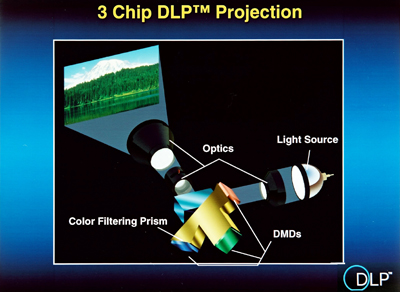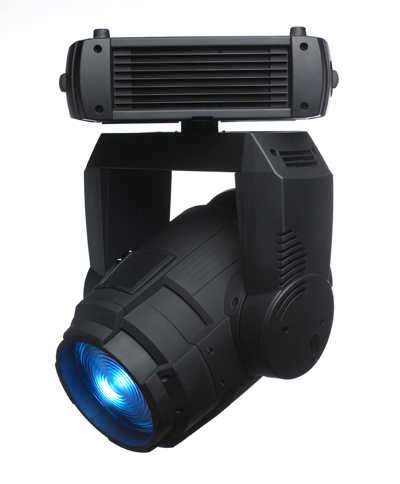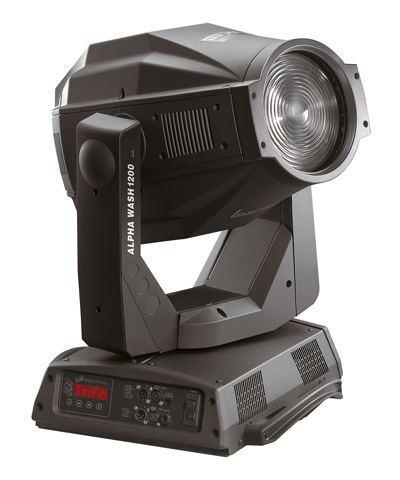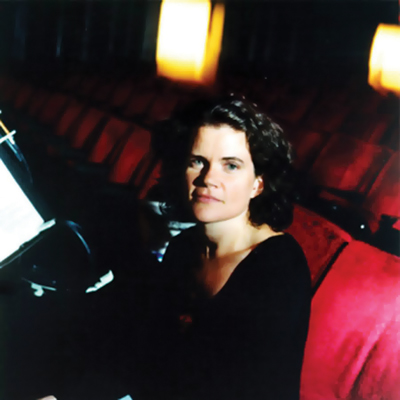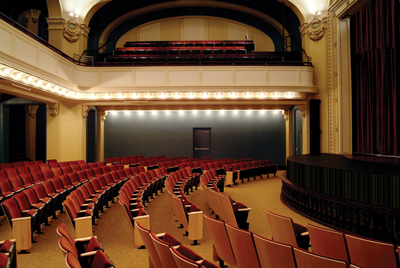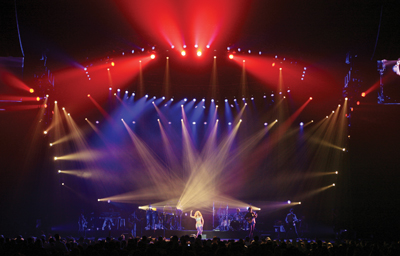White Lies, Black Magic and Gray Matter
Have you ever been so mad that you saw green?
Probably not. Green is supposed to be the most restful color to the eye because the lens of your eyes focus green right on the retina, and you know how much work it can be focusing all those heavy non-green photons. More likely, you’ve sat in a green room to calm down before an appearance on stage. You might have a greenhouse, or gotten the green light to join Greenpeace. Or perhaps you’re a greenhorn drinking green beer on Saint Patrick’s Day. If you’re lucky you might have a pocket full of greenbacks. Or if you’re environmentally conscious you might be working on a green lighting design. But if you’re angry you probably won’t see green.
